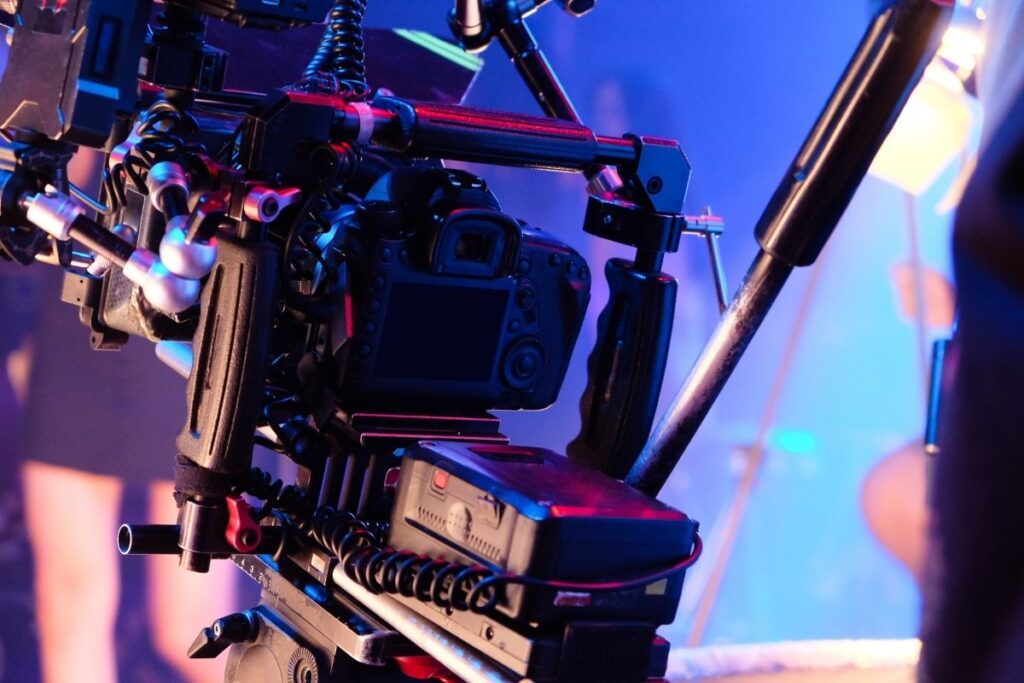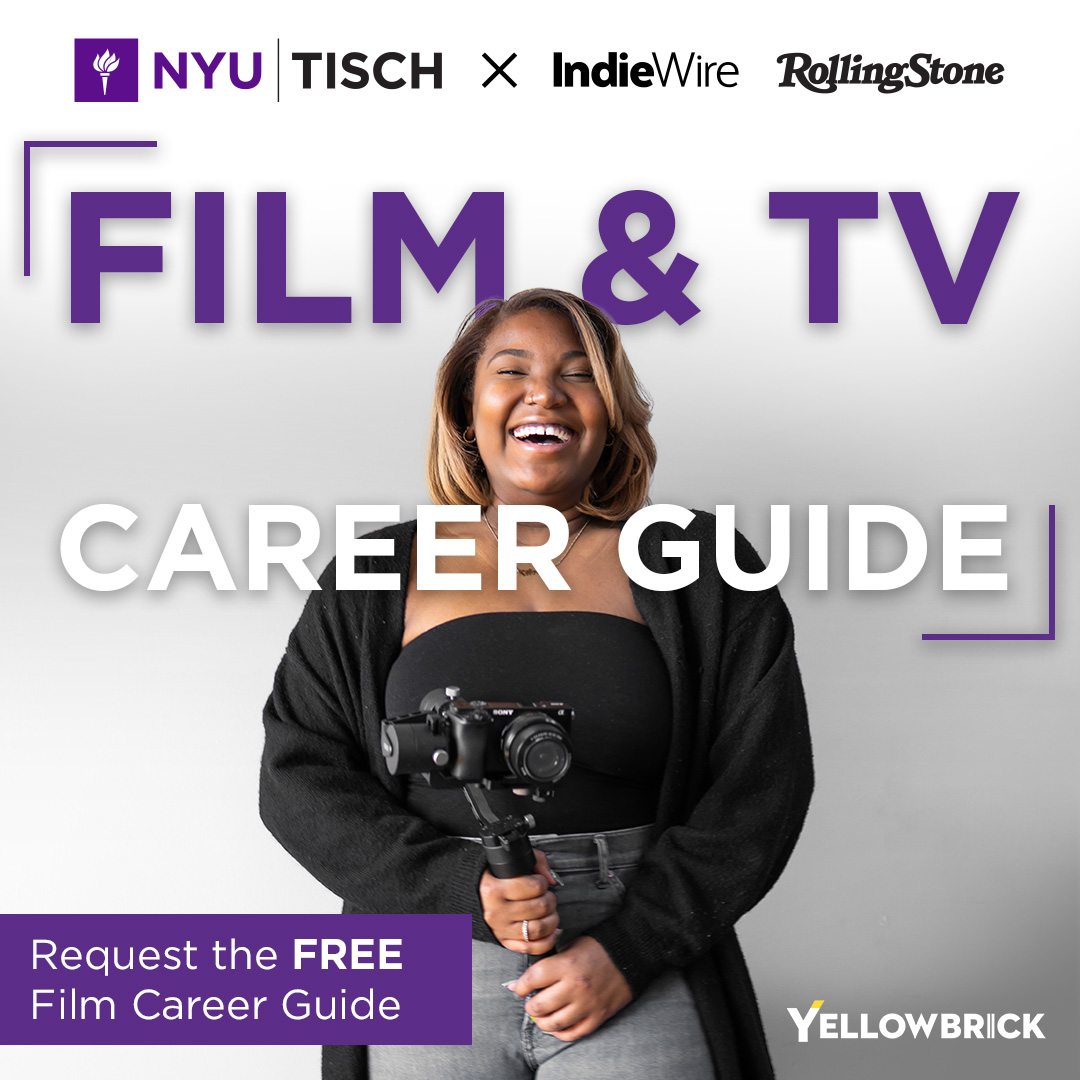[Please embed: https://pixabay.com/photos/lens-equipment-movie-digital-camera-3143893/]
The lexicon of filmmaking started with editing, according to Alrick Brown. “In the early 1900s, this film thing became real,” Alrick says. “And after people started telling some amazing stories, the next big innovation was editing.”
Over time, editing evolved and became more complex. The camera did more than just capture a movement. “So now we’re like ‘What if you did this? What happens if the camera starts to move?’” explains Alrick.
From the first filmmakers to DW Griffith, cameras did what Alrick calls “magical things.” Audiences experienced film in ways they had never experienced it before.
These early editing techniques began building off of each other, and the techniques came from all over the world. “My film education was focused on what was going on in America,” explains Alrick, “but film really was going on around the world.”
Filmmakers borrowed from each other. DW Griffith, for example, watched films from Germany. Einstein’s early audiences used some of his editing techniques.
“There was this communication across cultures from Latin America to Europe, where people were telling their stories. These things evolved into the techniques you would later see in the earliest Hollywood films,” says Alrick.
DW Griffith built his techniques from things he had learned from around the world. “It’s the same way a student would make a film today,” Alrick points out. “A lot of their approaches will come from things they’ve already watched and experienced.”
Film students aren’t the only ones who use this approach. Directors like Tarantino and Scorsese have spent their careers studying other filmmakers.
“We call them geniuses,” says Alrick. “And some of them deserve that title, but it’s because they’ve spent so much time looking at the history of film. They understand what techniques to keep and what techniques to throw away.”
Compared to other art forms, film is a new medium. “Filmmakers had to lean on other art forms for inspiration,” says Alrick. “So they looked at other forms of communication to build this lexicon that would become filmmaking.”




